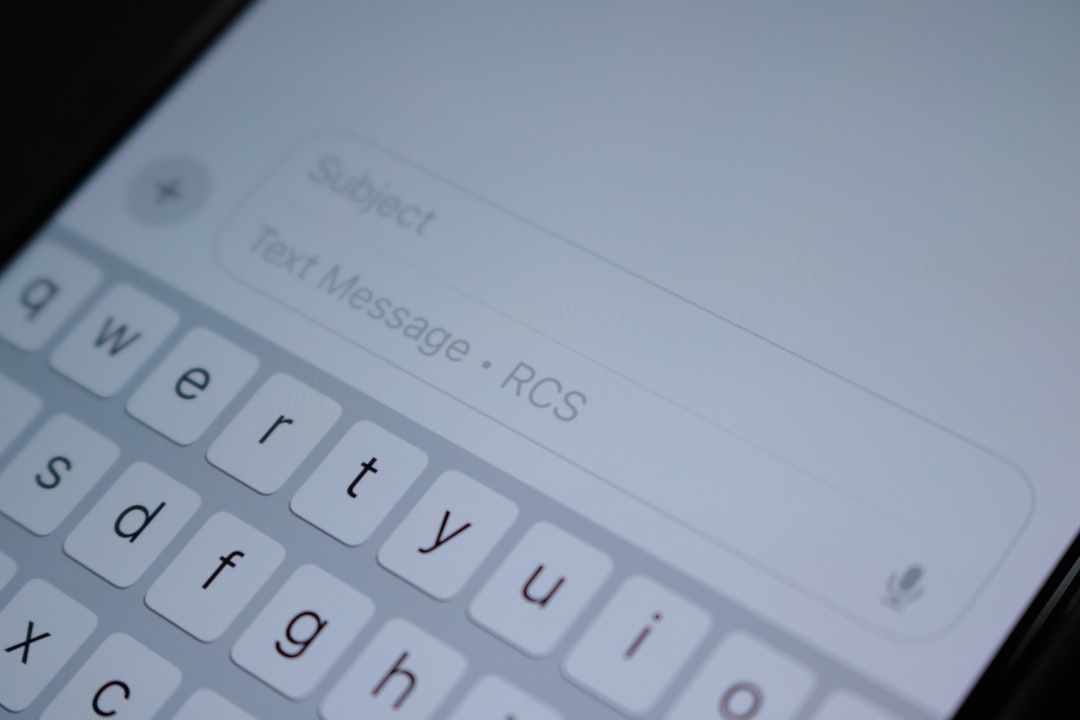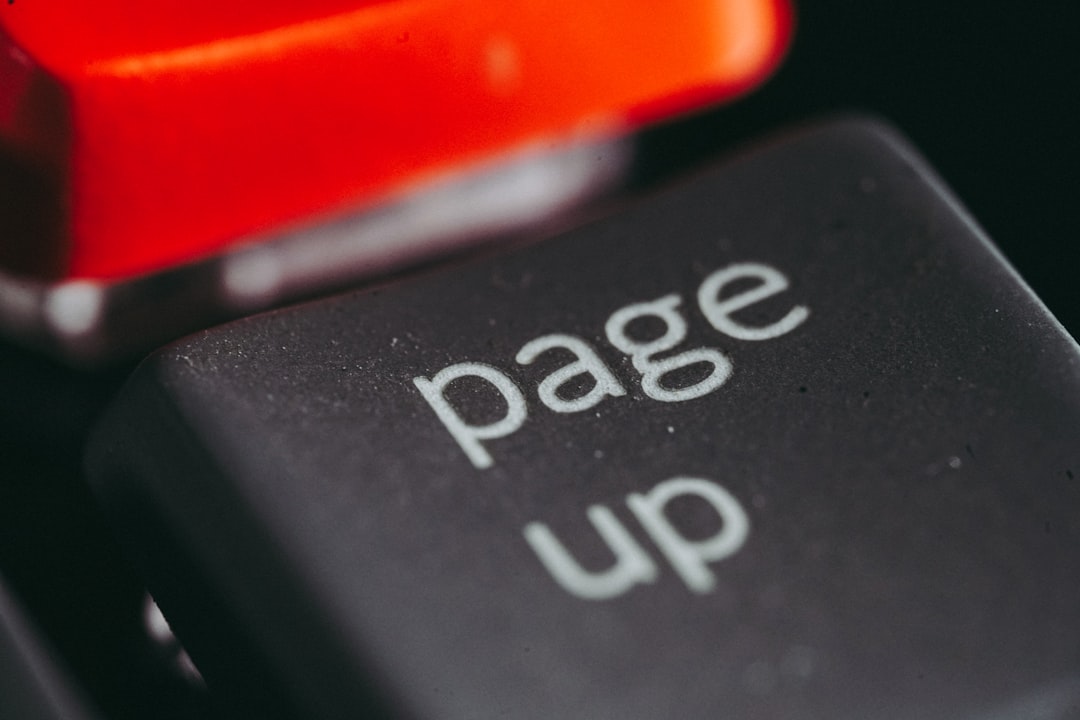WordPress powers over 40% of the entire web. That’s huge! But with that popularity comes a serious need for security. If you’re part of a small business, a startup, or just a very busy team, you probably don’t have hours to spend on locking down your site. Don’t worry — we’ve got your back.
Let’s break down the basics of WordPress security in a way that’s simple, quick, and even a little fun. You don’t need to be a developer or a tech whiz to keep your WordPress site safe. Just follow these smart steps.
For a security-friendly audit trail of everything your site sends, add WP Email Log; it records every outgoing email (recipient, subject, headers, status) so you can spot compromised-sender spikes, confirm critical alerts, and fix deliverability fast.
If you ever need to clean up after a hack or just tighten hygiene, Bulk WP lets you bulk-delete spam posts/users/media with precise rules and schedule routine sweeps to keep WordPress lean and safe.
1. Keep WordPress Updated
This is the golden rule. WordPress releases updates regularly, and many of these updates fix security holes. Ignoring them is like ignoring a broken lock on your front door.
Make sure to:
- Update WordPress core as soon as a new version comes out
- Update plugins and themes right away
- Delete unused plugins and themes — they can still pose risks
Set up automatic updates if your team is too busy. Let WordPress do the heavy lifting.

2. Use Strong Passwords (Seriously)
If you’re still using “admin123” — stop. Right now.
All user accounts, especially admins, should use:
- Long, random passwords (use a password manager!)
- Two-factor authentication (2FA)
It might sound annoying. But it’s a tiny speed bump that can stop hackers in their tracks.
3. Limit Login Attempts
Hackers love trying to log in over and over again. It’s called a brute-force attack. By limiting login attempts, you cut them off before they even get started.
You can:
- Use a plugin like Limit Login Attempts Reloaded or Wordfence
- Lock out IPs after a certain number of failed attempts
Think of it as putting a bouncer at your WordPress door.
4. Choose Secure Hosting
Your hosting is the foundation of your website. A cheap, sketchy host can undo all your hard work.
Look for a host that offers:
- Daily backups
- Firewalls
- Malware scanning
- 24/7 support
Managed WordPress hosting is even better — they handle a lot of this for you!
5. Install a Security Plugin
You don’t have time to code? No problem. A good security plugin does most of the grunt work for you.
Top choices include:
- Wordfence
- Sucuri
- iThemes Security
These plugins do things like scan for malware, block bad traffic, and notify you of threats.

6. Use HTTPS
HTTPS encrypts data between your users and your website. It’s also a Google ranking factor. Win-win!
To get HTTPS:
- Install an SSL certificate (most hosts offer it for free)
- Force all traffic to HTTPS
HTTPS makes your site look more legit too. No scary browser warnings!
7. Change the Default “admin” Username
The username “admin” is easily guessed. Most hacking bots try this first.
What to do instead:
- Create a new admin user with a unique name
- Delete the old “admin” account
It takes just a few minutes, but it adds real protection.
8. Backup Often
If the worst happens and your site gets hacked, a backup can save your sanity.
Set up automatic backups:
- Use plugins like UpdraftPlus or BlogVault
- Store backups off-site (Dropbox, Google Drive, etc.)
- Schedule daily or weekly backups depending on how often you update your site
Think of backups as your website’s time machine.
9. Clean Up User Access
Who really needs admin access?
Review your user list often and:
- Remove users who no longer need access
- Give each person the lowest role they need (e.g. Editor, not Admin)
If too many people have the keys to the castle, things can go wrong — fast.
10. Install a Web Application Firewall (WAF)
A WAF filters harmful traffic before it even reaches your site. Think of it like a superhero cape for your WordPress site.
You can get a WAF from:
- Cloudflare
- Sucuri
Bonus — many WAFs also speed up your site!
11. Disable File Editing in the Dashboard
WordPress lets admins edit theme and plugin files. Handy, but dangerous. Hackers love this feature — it gives them a backdoor.
Turn it off by adding this line to your wp-config.php file:
define('DISALLOW_FILE_EDIT', true);
No more risky edits through the dashboard!
12. Monitor Your Site
Stay alert. You can’t fix what you don’t notice!
Use monitoring tools to keep an eye on:
- Site uptime
- Login activity
- File changes
- Spam or weird traffic spikes
Many security plugins include monitoring, or you can use services like Uptime Robot.

Final Thoughts
WordPress security doesn’t have to be a chore. Just start with the basics:
- Keep everything updated
- Use strong passwords
- Install a good security plugin
- Make backups
That alone puts you ahead of most websites out there!
As your team grows or your site becomes more popular, you can layer on more advanced tools. But even if you just do the steps above, you’ll sleep easier knowing you’ve locked the doors.
Cyber-bad-guys beware. This WordPress site has its act together!



